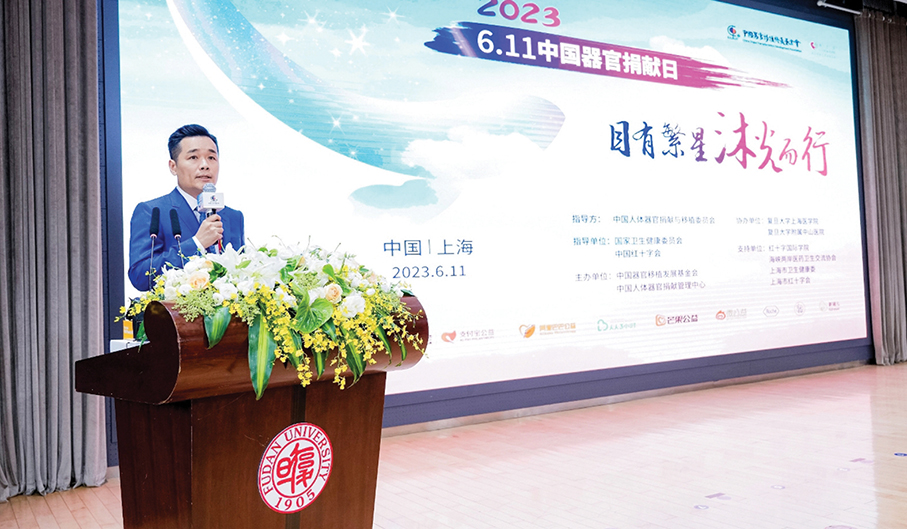BEIJING – China’s landing this week of a probe on the Moon – the first attempt by any nation to retrieve lunar samples in four decades – underlined just how far the country has come in achieving its space dream.
The central government plans to have e crewed space station by 2022, eventually sending humans to the Moon.
China has come a long way in its race to catch up with the United States and Russia, whose astronauts and cosmonauts have had decades of experience in space exploration.
Beijing sees its space project as a marker of the nation’s rising global stature and growing technological might.
Here is a look at China’s space programme through the decades, and where it is headed:
Mao’s vow
Soon after the Soviet Union launched Sputnik in 1957, Chairman Mao Zedong pronounced: “We too will make satellites.”
It took more than a decade, but in 1970, China’s launched its first satellite on a Long March rocket.
Human spaceflight took decades longer, with Yang Liwei becoming the first Chinese “taikonaut” in 2003. “Taikong” means “outer space” in Putonghua.
The launch went smoothly, with Yang orbiting the Earth 14 times during his 21-hour flight aboard the Shenzhou 5.
China launched five crewed missions after that.
Space station and ‘Jade Rabbit’
Following in the footsteps of the United States and Russia, China is striving to build a space station circling our planet.
The Tiangong-1 lab was launched in September 2011.
In 2013, the second Chinese woman in space, Wang Yaping, gave a video class from inside the space module to children across the world’s most populous country.
The craft was also used for medical experiments and, most importantly, tests intended to prepare for the construction of a space station.
The lab was followed by the “Jade Rabbit” lunar rover in 2013, which first appeared a dud when it turned dormant and stopped sending signals back to Earth.
It made a dramatic recovery, though, ultimately surveying the Moon’s surface for 31 months, well beyond its expected lifespan.
In 2016, China launched its second orbital lab, the Tiangong-2, into orbit 393 kilometres above Earth. Taikonauts who have visited the station have run experiments on growing rice and other plants, as well as docking spacecraft.
The West deliberately left China out of the International Space Station (ISS) effort, and now it is expected to begin assembly of its own orbital outpost soon, with crews to start using it around 2022.
‘Space dream’
Under President Xi Jinping, plans for China’s “space dream”, as he calls it, have got off the ground.
China is looking to finally catch up with the US and Russia after years of belatedly matching their space milestones.
In addition to a space station, the central government is also planning to build a base on the Moon, with Zhang Kejian, head of the China National Space Administration (CNSA), saying last year that the aim was to launch a crewed lunar mission by 2029.
But lunar work was dealt a setback in 2017 when the Long March-5 Y2, a powerful heavy-lift rocket, failed to launch on a mission to send communication satellites into orbit.
That forced the postponement of the launch of Chang’e-5, which was originally scheduled to collect Moon samples in the second half of 2017.
Another robot, the Chang’e-4, landed on the far side of the Moon in January 2019 – a historic first.
Chang-e’5 landed on the near side of the Moon on Tuesday, where it has started to collect lunar rocks and soil, the national space agency said.
The country’s scientists have also set their sights on a crewed missions to Mars.
– AFP, MPD
This image taken from video animation at the Beijing Aerospace Control Center (BACC) yesterday shows the Chang’e-5 spacecraft landing on the Moon.
– Xinhua








